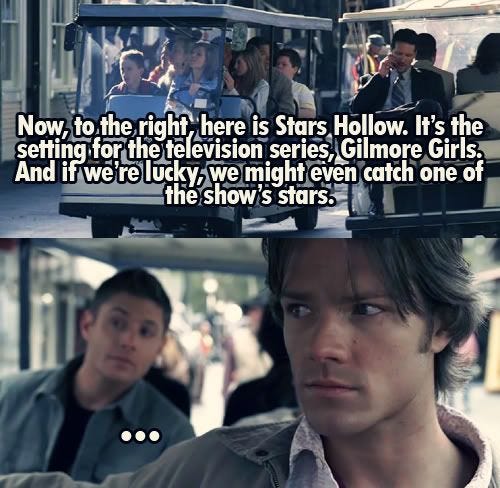Tracing Inspiration
Most writers will get the "where do you get your ideas?" question at least once in their careers. Probably many, many times. Short of tossing out a snarky response like "J.C. Penney" or "the Idea catalog," I usually reply, "From everything around me." Helpful, right? I'm not kidding though. I'm actually not the most observant of people and I have a terrible memory, which is why I became a writer instead of a consulting detective. (I know, these aren't good qualities for a writer either, but I figure in the digital age everyone is going to carry their memories in their pockets or on their wrists one day, so I'm just ahead of the curve.) Truth is, I get ideas from all sorts of places: overheard conversations, misread words, images, other books, TV shows, etc.
My short story "All the Lonely People" (Shimmer #13, 2011), came from a billboard for a sports drink with the slogan "Don't Fade," which inspired a story about a woman who can see people who are literally fading from life and can either help them stick around or disappear entirely. The "Eleanor Rigby" references came in later.

I heard a friend refer to winter as "the time when everything dies," which inspired me to write a story called "The Dying Time" (forthcoming) about a village where everyone becomes temporarily undead and hibernates during the winter, which is bad news for the guy who stumbles into town just as autumn is ending. Meanwhile, a fantasy short story mashup of Gilmore Girls and Supernatural began life as a Tweeted pun which led to "The Grimoire Girls" (also forthcoming). You get the idea. This is why I carry a notebook and pen everywhere; I write down anything that triggers inspiration in my brain, because you never know what it can turn into.
Naturally, the internet is also fertile ground for ideas. Online research (and books!) inspired and informed a lot of the hacking that appears in The Silence of Six, because I was striving for authenticity and plausibility. But one big plot point originated from a web article I read years ago — probably back in 2010, well before I started working on the book — about USB flash drives embedded in walls. These "dead drops" were in public so anyone could transfer files to them or copy files off with their laptop, as long as they knew about them. (Not really a good idea when you think about it, but still.)
I was fascinated with the concept, so much so that when (mild spoiler) my characters needed a way to hide files out in the open, I remembered it; however, I had thought these were mysterious installations that were propagating everywhere. But it turns out that they originated from a Berlin-based artist named Aram Bartholl. Unfortunately, when I stole the idea for The Silence of Six, I didn't think to look up the articles again, so I failed to properly credit them. (Sorry, Aram! You're a genius.) Kids, do your research. (Here's another recent article about Dead Drops in The Guardian.)
An interesting thing about inspiration is you often can't trace it back to the source. Minds are complex and ideas have a way of taking over and growing, so it's difficult to untangle where it all came from. Everything I've ever written has essentially grown out of the books I've read, the films I've seen, my favorite TV shows, and so on. How can I acknowledge all of those influences? It's one reason why some copyright theft and plagiarism accusations can be difficult to prove, because it's possible for someone to unconsciously copy someone else's work or ideas — to a degree. Again, do your research!
Where do you get your ideas?
[box type="info"]By the way, if you're fascinated by dead drops too, you can win a special The Silence of Six USB drive this week (through March 15, 2015) in Adaptive's #ChallengeofSix digital scavenger hunt, with online puzzles and clues inspired by the book. Grand prize is an Xbox One! Watch this video for more info and to get the first clue.[/box]







